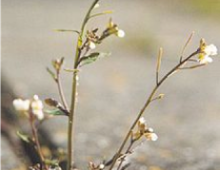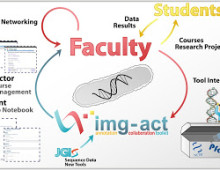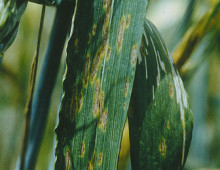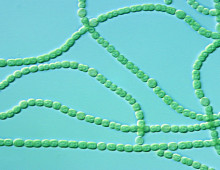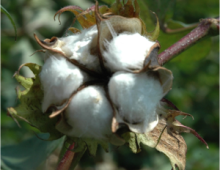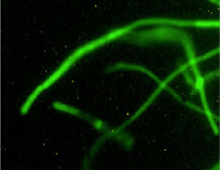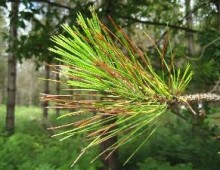Sinking SOS levels lead to reduced salt tolerance
The Food and Agriculture Organization reported that salt levels in the soil is reducing the world’s agricultural lands at the rate of one percent a year. Concerns over feeding a growing global population with limited arable land have led to interest in developing salt-tolerant crops for food and fuel Found on the seashores of eastern… [Read More]
